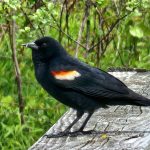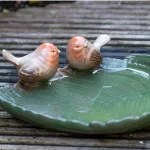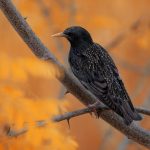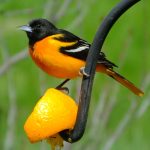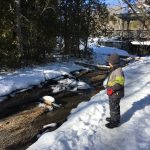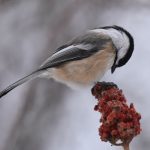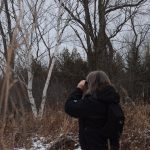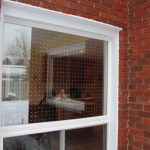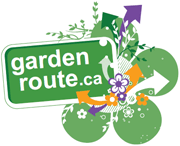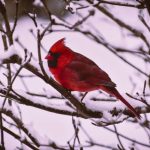
Fall migration is underway. Like many Canadians, a lot of bird species prefer to spend their winters in warmer climes, often for the simple reason that food is more abundant there than it is here. Migration is risky business, though, and the move to the food is replete with challenges. First of all, it takes […]

